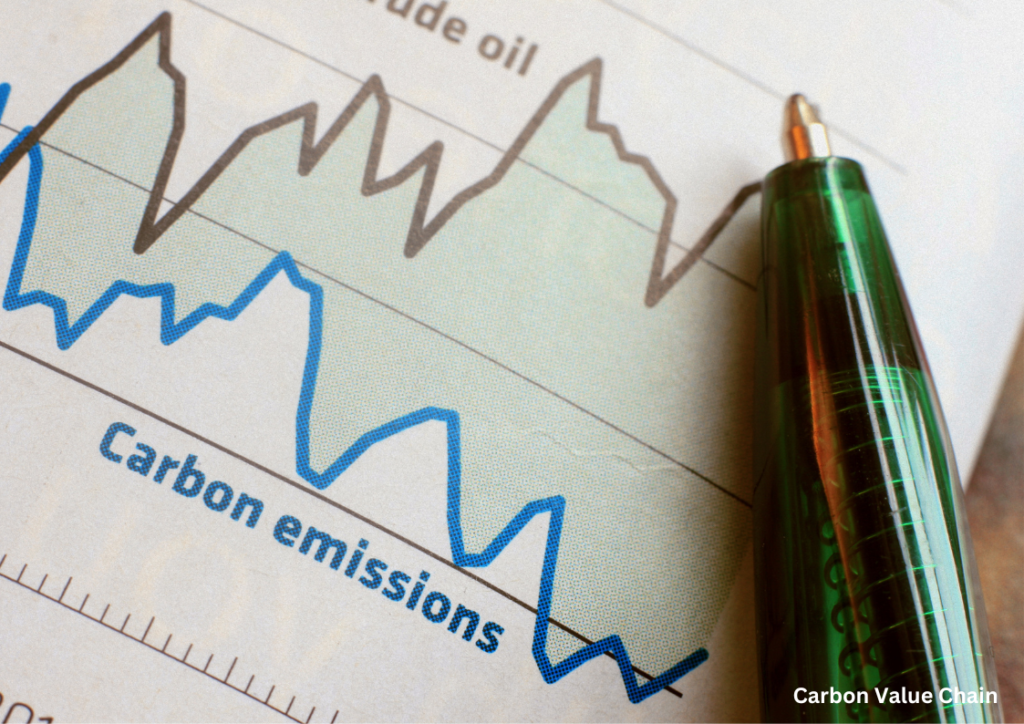Carbon Markets in Developing Countries

In the global fight against climate change, reducing carbon emissions is imperative. One innovative approach to incentivize emissions reductions is the establishment of carbon markets and emissions trading systems. While these mechanisms have gained traction in developed nations, their implementation in developing countries presents challenges and opportunities.
This article explores the intricacies of carbon markets and trading in developing countries, delving into the hurdles that must be overcome and their potential benefits.
What are Carbon Markets?
Carbon markets, or emissions trading systems, are market-based approaches to controlling greenhouse gas emissions. They provide a financial incentive for organizations to reduce their emissions by allowing them to buy and sell carbon credits. A carbon credit represents a specific amount of emissions, and organizations can buy credits when they exceed their emission limits or sell them if they have surplus credits. This system creates a flexible and cost-effective way to reduce overall emissions.
The Challenges of Implementing Carbon Markets in Developing Countries
While carbon markets have been successfully implemented in many developed countries, extending these systems to developing nations takes time and effort.
1. Limited Infrastructure: Developing countries often need more infrastructure and regulatory framework to operate carbon markets successfully. Establishing transparent accounting systems, monitoring mechanisms, and enforcement structures can be daunting.
2. Data and Reporting Challenges: Accurate measurement and reporting of emissions are essential for functioning carbon markets. Many developing countries face data gaps, making it challenging to quantify emissions and establish baseline levels for emissions reductions.
3. Capacity Building: Capacity building is crucial for developing countries to participate in carbon markets effectively. This includes training personnel, designing expertise, and building the necessary institutional capacity to manage emissions trading systems.
4. Financing and Investment: Implementing carbon markets requires substantial initial investment. Developing nations often need help to secure the necessary financing and assets to set up these systems and support emissions reduction projects.
5. Social and Economic Considerations: Developing countries face unique socio-economic challenges that must be considered. For instance, carbon pricing may affect vulnerable communities or industries heavily reliant on fossil fuels.
Opportunities for Developing Countries
While the challenges are significant, developing countries have several compelling opportunities to embrace carbon markets and trading systems as part of their climate action strategies.
1. Economic Growth and Development: Participating in carbon markets can stimulate economic growth by attracting investment in clean technologies and fostering innovation. Developing countries can position themselves as attractive destinations for green investments.
2. Access to Climate Finance: Engaging in carbon markets can unlock access to climate finance, including international funds and incentives. These financial resources can be channeled into sustainable development projects and infrastructure improvements.
3. Emissions Reduction Targets: Carbon markets can help developing countries meet their emissions reduction targets cost-effectively. By allowing flexibility in compliance, these systems enable nations to choose the most efficient strategies for carbon reduction.
4. Technology Transfer: Participation in carbon markets can facilitate technology transition from developed to developing countries. This transfer of clean technologies and expertise can accelerate emissions reductions.
5. Job Creation: Transitioning to a low-carbon economy can create employment opportunities in renewable energy, energy efficiency, and other green sectors. Developing nations can leverage carbon markets to promote job growth in these industries.
Critical Factors for Implementing Carbon Markets in Developing Countries
Several key factors should be considered to successfully implement carbon markets and emissions trading systems in developing countries.
First, there is a need to prioritize capacity-building efforts. This means investing in developing the expertise and institutional infrastructure required for effective carbon markets. Additionally, supporting data collection and reporting initiatives is crucial to enhance transparency and accuracy in tracking emissions, providing a solid foundation for these systems to operate efficiently.
Financial support is also essential. It provides incentives, grants, and concessional loans to assist developing nations in establishing their emissions trading systems. Furthermore, fostering international cooperation and partnerships is vital for facilitating technology transfer and knowledge sharing, enabling these countries to benefit from the experience of others.
Developing Countries that Implemented Carbon Markets
Several developing countries have made strides in implementing carbon markets and emissions trading systems, providing valuable insights into the opportunities and challenges.
1. China: China’s national emissions trading system, launched in 2021, is the world’s largest. It covers power generation and is set to expand to other sectors. China aims to use this system to peak its emissions by 2030 and pursue carbon neutrality by 2060.
2. Mexico: Mexico established a carbon market in 2018 and started operating in 2020. It covers emissions from power generation, refining, and chemicals. The Mexican government sees this market as vital in achieving its emissions reduction targets.
3. South Africa: South Africa has proposed introducing a carbon tax and is exploring options for carbon pricing strategies. This move aims to reduce emissions while generating revenue for sustainable development initiatives.
4. Brazil: Brazil is proposing carbon market strategies in different industries besides agriculture. These initiatives aim to cap thousands of companies’ emissions to 25,000 metric tons per year, reducing the overall carbon emission of the country.
